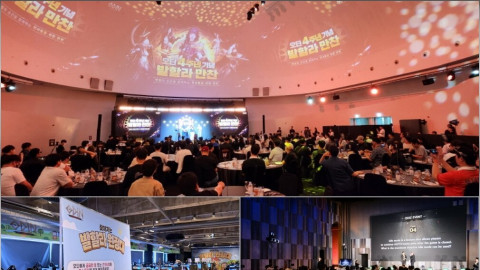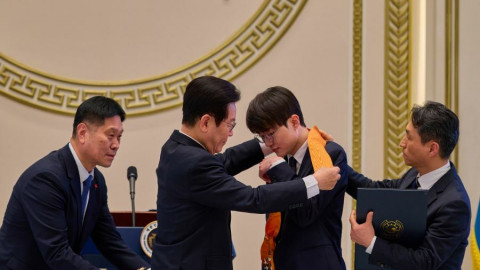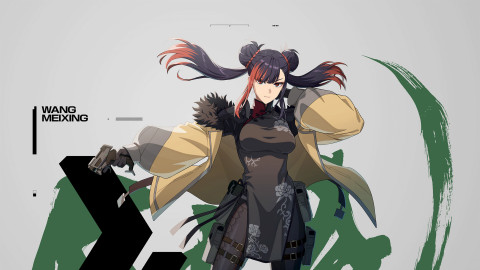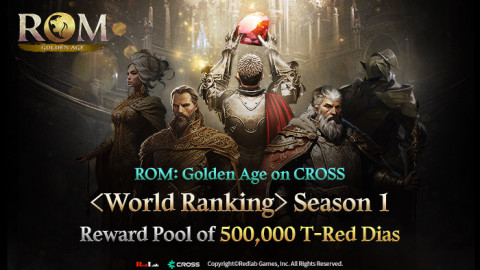
There has been a lot of discussion about the VALORANT esports scene of late. Some are arguing about which region is the best, others are arguing about who is the best in each region, and others just are trying to distill the optimal playstyle for the game.
While these discussions are definitely fun to engage in, one thing’s for sure: No one has any definitive answers to any of these questions.
The truth is, due to a number of factors and the instability in the early VALORANT scene, we can’t make many determinations about best teams or regions, whatever the results of VCT Masters mightbe. We will have to wait until the VCT Masters stage 2 international LAN in Iceland before we really know about the global state of VALORANT.
This offline baptism of the game will determine:
What playstyle is the best in VALORANT?
VALORANT is not even one year old yet. While it can feel like playstyles and metas are set in stone, they absolutely are not. Balance changes and the discovery of new compositions and strategies keep this game in a state of constant flux, at least for now.
So while a team may have figured out how to adapt to win a particular event, that victory is just a moment in the ever-changing ecosystem of professional VALORANT. Sentinels in-game leader Shahzeb "ShahZaM" Khan told Inven Global: “We are constantly reinventing the way we play.”
In an interview with Inven Global, ShahZam explained, “our best map has rotated so much, from Ascent, to Split, to Haven, to Icebox. We constantly adjust how we play individual sites, we talk about it in practice and our whole focus is ‘how is the meta, how are people playing, how can they counter us, and how can we adjust so they can’t do this.’ It's like a game of chess almost.”
The chess analogy ShahZam used is common among pros, but there is a difference between VALORANT and chess, in that many of the VALORANT strategies remained undiscovered. While many strategies in games like chess or CS:GO remain the unchanged, unchallenged best idea for years, in VALORANT the “best” strategies often don’t even make it past a single tournament.
“The VALORANT meta has far more changes [than the CS:GO meta], with the game adjustments, constant updates, the character buffs and nerfs,” ShahZam continued. “Those individual changes, as well as people figuring out how to play the game more. Counter-Strike the game never changes much. The meta would shift as people found out different ways to counter and new ways to use utility. But in VALORANT you have those factors playing in and it being a new game, so it’s constantly evolving.”
The constantly shifting meta makes it difficult to predict who will excel on any given day, much less who will consistently dominate in the long run. However, the International LAN promises to give us the first baseline of what strategies are the best when you eliminate ping, regional distinctions, and other online factors from the game. While this won’t set the meta in stone, it will be the largest examination of playstyles so far in VALORANT.
Which region is the best in VALORANT?
While the US, EU, and to a lesser extent Korea are all in the discussion for which region will be best when it comes to world championship events, as of now there isn’t really a way of knowing. Regions can’t compete against each other fairly, since VALORANT is so ping dependent, so even a hypothetical event that did pit the various regions against each other online wouldn’t say much since ping would be such a huge factor.
Europe plays VALORANT similarly to the way that they play CS:GO. They have particular setups and play very carefully and tactically at all times. The North American region, on the other hand, is dominated by explosive plays that take advantage of the many abilities in VALORANT to push aggressively and rely heavily on slayers like Andrej "babybay" Francisty or Tyson "TenZ" Ngo to get the job done.
“I think NA is definitely the top region,” Babybay told me confidently in an interview at the VCT Masters stage 1 NA tournament. “We can’t really say, you know, but I feel like everyone looks at how these European teams play and they say, ‘Oh look at how structured they are’ and it's very much like CS. But this game is not CS, not by any means.”
“I think aggression in this game is really good, mainly because of the abilities," BabyBay elaborated. “They help you get into this explosive aggression that you can do and really take over.”
Korea’s playstyle is similar to the European style, though they opt for more early map control pushes than EU teams tend to. Many VALORANT pro matches in Korea are played very slowly and focus heavily on establishing map control and coordinating precise executions on the bomb site.
So which style is better? Is explosive aggression the best method in VALORANT like BabyBay argued, or will the tactical executions of EU and Korea win them the day? We are going to find out which one of these styles is better in spectacular fashion when the Iceland LAN rolls around in May.
Which are the best teams on LAN?
The final discussion to be had is about which teams from each region will be contenders to win the first VCT international title. This seems like a question that we should be able to answer by now, but the scene across the world has been so volatile. LAN is also drastically different from online competition and as much as players like BabyBay might feel confident in an offline environment due to their experience, VALORANT will be a brand new game on LAN.
NA is already unstable to begin with. TSM seemed like the strongest team out of the gate in the fall of 2020, but then it was 100 Thieves who took the NA First Strike title, while TSM didn’t even qualify to the latest VCT NA event. Then, as 100 Thieves took the mantle of favorites, they were in turn upset by bottom-seed Gen.G, while Sentinels ascended the throne on the back of an incredible performance from TenZ.
In the EU, smaller names like Team Heretics and Acend are dominating their competition, while larger organizations like Team Liquid, Fnatic, and G2 struggle to find success. Korea has also seen the rise of some smaller orgs like NUTURN Gaming and Vision Strikers to the top of their VALORANT rankings.
So not only will the game feel fundamentally different because it is played in a LAN format, we also aren’t even sure going into the VCT Stage 2 Challengers series who the favorites are to qualify to the international tournament. With such instability in the various regions and huge question-marks about how some of these less-experienced teams would fare in an offline event, the first VCT International tournament promises to be a wild ride of discoveries.
-

Aaron is an esports reporter with a background in media, technology, and communication education.
Sort by:
Comments :0





